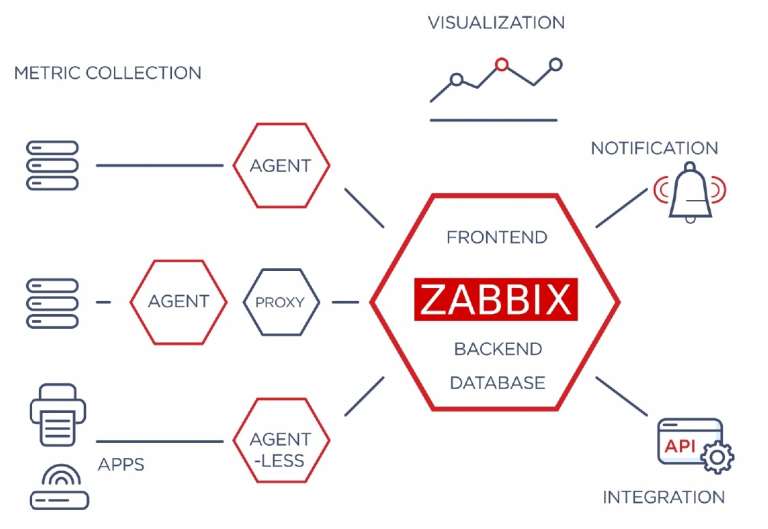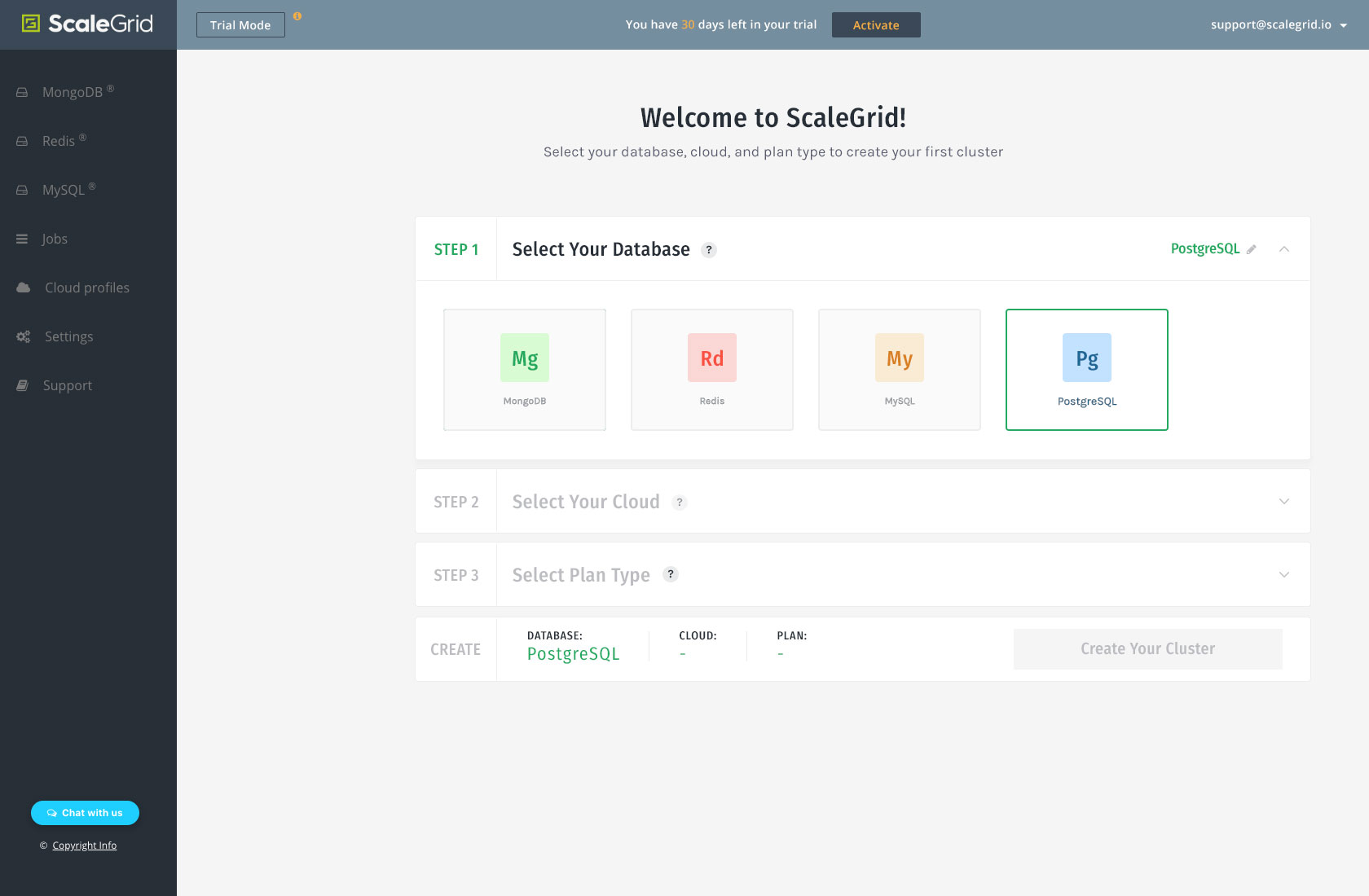

Using the aws_rds_free_storage_space_average metric (which uses the FreeStorageSpace CloudWatch metric). That’s why you should be aware of the instance disk state. Not having enough storage capacity will crush your database.Īlthough setting up an auto-scaling strategy in Amazon RDS is very easy, it could affect your infrastructure costs. Storage is one of the most important parts of a database since it’s where data is held. Let’s create an alert if the average CPU usage is higher than 95% of the instance. Using the aws_rds_cpuutilization_average metric (which uses the CloudWatch CPUUtilization metric). This will result in a very high response time and possibly some time-outs. If there are multiple, concurrent, complex, or not well-optimized queries, the CPU usage can reach the limit of the running instance. In this example, you’ll be notified if the number of connections has increased 10 times in the last hour.Īws_rds_database_connections_average / aws_rds_database_connections_average offset 1h > 10ĭatabases use CPU to run queries. That can be used to detect attempts of brute force or DDoS attacks. You can also create an alert in case the number of connections has increased significantly in the last hour.

Let’s create an alert if the available memory is under 128Mb: This tells you the memory available (in bytes) for your instance.

Using the aws_rds_freeable_memory_average metric (which YACE reads from the CloudWatch FreeableMemory metric). In situations with massive concurrent connections, like Black Friday, running out of memory can result in multiple rejected connections. This is not good news!Īlso, every time a client connects to your database, it creates a new process that will use some memory. Not having enough memory will cause a low hit rate in the cache and an increase in the response time in your database. This is directly related to how your database will perform. Memory is constantly used in databases to cache the queries, tables, and results in order to minimize disk operations. 🔝 🤓 These are the top 5 metrics you should look at when monitoring Amazon RDS 💻 Click to tweet Top 5 metrics you should look at Memory Why it matters Every step in the configuration is very well explained in the Amazon RDS PromCat setup guide. Just configure the credentials and apply the deployment in your cluster. Using PromCat to include Amazon RDS in this setup will take you a couple of clicks. Monitoring AWS is pretty straightforward, using YACE to get data from AWS CloudWatch and store it in Prometheus.

That being so, you won’t be able to monitor Amazon RDS using a classic node-exporter strategy. But you won’t have direct access to the instance either. You won’t have to worry about the infrastructure matters such as replication, scaling, or backups. You won’t have a terminal to access the machine directly, so every operation, like replication, backups, or disk management, has to be made this way. Since Amazon RDS is a managed cloud service, the way you configure and use it is through the AWS Console or AWS API. How Amazon RDS is different from other on-prem database solutions Also, we will identify the top five key metrics for monitoring Amazon RDS. In this article, we are going to describe the differences between an on-prem database solution and Amazon RDS, as well as how you can start monitoring Amazon RDS. However, since you don’t have direct access to the machine, you’ll need to adapt your monitoring platform. Monitoring Amazon RDS may require some observability strategy changes if you switched from a classic on-prem MySQL/PostgreSQL solution.Īmazon RDS is a great solution that helps you focus on the data, and forget about bare metal, patches, backups, etc. Security and visibility for cloud applications


 0 kommentar(er)
0 kommentar(er)
